Born
in Hobart on 4 September 1895, Eric Claude Beedham was the youngest
child (and
second son) of Frederick Wescott Beedham and the former Isabel Sara
Kipling. He was educated at the Friends' High School (a
denominational Quaker school, founded in Hobart in 1887) and later
attended the short-lived Queen's College (a private school, which
operated from 1893 to 1912). Eric commenced
his professional career as an articled pupil of his elder brother,
Lancelot
Kipling Beedham (1889-1944), who had established an architectural
practice in Hobart in 1912. Completing his articles in 1916, the
younger Beedham joined the Hobart City Council as an Assistant Engineer
& Architect. During this period, he undertook at least one
private commission under his own name - the design of a
church hall in
Goulburn Street, Hobart (1918), for which the then 23-year-old
Beedham
was credited as "honorary architect". Later that year, Beedham moved to
Sydney and joined the office of John & H G Kirkpatrick, which,
at that time, was the preferred architectural firm of the Commonwealth
Government. Beedham rose to the position of Managing
Assistant for Australia, which required him to oversee the
firm's projects undertaken outside New South Wales. In that
capacity, Eric Beedham supervised the construction of the Banknote Printing Office in
Fitzroy (1923) and the new
Commonwealth Bank buildings in Collins Street, Melbourne
(1920-24), Moorabool Street, Geelong (1925) and Queen Street,
Brisbane (1927-28). Beedham was also involved in
the development of the Commonwealth's ambitious War Service Homes
programme to provide architect-designed dwellings for returned
servicemen.
Concurrently, Eric Beedham had maintained a private architectural practice in both Sydney and Melbourne. He was was still residing in Sydney in 1923 (when he married Nellie Godfrey) but had settled permanently to Melbourne by 1927. There, his private practice initially concentrated on residential commissions. One large house in Toorak, designed in 1925 for prominent businesman Louis C Moore, attracted much press attention both locally and interstate. In early 1926, the Hobart Mercury reported that "news has been received in Hobart of the success on the mainland of Mr Eric C Beedham, FLIA, a young architect and native of Hobart. He has received very considerable commendation for his design of the residence of Mr Louis C Moore, Byroyna, of Toorak. The Australian Home Beautiful of December 12, 1925, has many illustrations of this residence, and speaks in glowing terms of Mr Beedham, one of Melbourne's youngest architects, who has set his mark on Toorak and is likely to be heard a good deal of in the future". This would indeed be the case.
Eric Beedham's professional practice was still thriving by 1930, although he had already begun to move away from residential projects towards larger-scale commercial and industrial ones. In 1934, he entered into partnership with architect John W Wright (1892-1962), who had maintained his own practice in Melbourne from 1921. In partnership for about four years, Beedham & Wright undertook a string of commissions of various types, although the bulk of their output was factories - most of which, moreover, were located in the booming industrial heartland of South Melbourne. These were invariably designed in the then-fashionable Streamlined Moderne style, with multi-paned strip windows alternating with continuous spandrels to provide a dominant horizontal emphasis. By mid-1937, Beedham was again practising on his own, although he continued to specialise in factory design. As was typical for many, Beedham's architectural practice diminished during the later years of the Second World War, but, unlike some, it re-emerged afterwards, when he resumed designing factories in Melbourne's inner industrial suburbs. These, however, proved to be his last projects. On the evening of 9 May 1947, Beedham collapsed at St Kilda Railway Station, and died as he was being taken to the Alfred Hospital. He was 52 years old. Beedham's elder brother, Lancelot, who had followed him to Melbourne in 1922 and gained a position in the Public Works Department, predeceased him by four years.
Concurrently, Eric Beedham had maintained a private architectural practice in both Sydney and Melbourne. He was was still residing in Sydney in 1923 (when he married Nellie Godfrey) but had settled permanently to Melbourne by 1927. There, his private practice initially concentrated on residential commissions. One large house in Toorak, designed in 1925 for prominent businesman Louis C Moore, attracted much press attention both locally and interstate. In early 1926, the Hobart Mercury reported that "news has been received in Hobart of the success on the mainland of Mr Eric C Beedham, FLIA, a young architect and native of Hobart. He has received very considerable commendation for his design of the residence of Mr Louis C Moore, Byroyna, of Toorak. The Australian Home Beautiful of December 12, 1925, has many illustrations of this residence, and speaks in glowing terms of Mr Beedham, one of Melbourne's youngest architects, who has set his mark on Toorak and is likely to be heard a good deal of in the future". This would indeed be the case.
Eric Beedham's professional practice was still thriving by 1930, although he had already begun to move away from residential projects towards larger-scale commercial and industrial ones. In 1934, he entered into partnership with architect John W Wright (1892-1962), who had maintained his own practice in Melbourne from 1921. In partnership for about four years, Beedham & Wright undertook a string of commissions of various types, although the bulk of their output was factories - most of which, moreover, were located in the booming industrial heartland of South Melbourne. These were invariably designed in the then-fashionable Streamlined Moderne style, with multi-paned strip windows alternating with continuous spandrels to provide a dominant horizontal emphasis. By mid-1937, Beedham was again practising on his own, although he continued to specialise in factory design. As was typical for many, Beedham's architectural practice diminished during the later years of the Second World War, but, unlike some, it re-emerged afterwards, when he resumed designing factories in Melbourne's inner industrial suburbs. These, however, proved to be his last projects. On the evening of 9 May 1947, Beedham collapsed at St Kilda Railway Station, and died as he was being taken to the Alfred Hospital. He was 52 years old. Beedham's elder brother, Lancelot, who had followed him to Melbourne in 1922 and gained a position in the Public Works Department, predeceased him by four years.
Select List of Projects
Eric C Beedham
| 1918 1925 1927 1929 1930 1937 1938 1939 1941 1942 1945 1946 | Sunday School for St John the Baptist Anglican Church, Goulburn Street, Hobart Residence for Louis C Moore (Byronya), Toorak Road, Toorak Residence for A B Sanders (Carn Brae), 429 Glenferrie Road, Malvern Residence for Arthur Stallwood, 8 Monaro Road, Malvern Factory for Schempp Textile Mills Pty Ltd, Ballarat [with L W Vernon] Alteration to shop front for W Owen, Armstrong Street, Ballarat [with L W Vernon] Film Exchange for Universal Film Company, Lonsdale Street, Melbourne Factory for Flax Corporation (Aust) Ltd, Port Fairy Extensions to Bank House, Bank Place, Melbourne Factory for Victorian Printing Works Pty Ltd, 21-29 Wills Street, Melbourne Factory for Rola Company (Aust) Pty Ltd, Yarra Boulevard, Richmond Factory for Jex Pty Ltd, 77 Burnley Street (cnr Doonside Street), Richmond Factory, Weston Street, Brunswick Service station, 311 North Road (cnr Bambra Road), Caulfield Factory, 177 Queensberry Street, Carlton Warehouse for Joseph Lucas (Aust) Pty Ltd, 81-85 Bouverie Street, Carlton Residential flats, Lalbert Crescent, Prahran Additional storey to factory, Clarendon Street, South Melbourne Factory, South Melbourne Factory for Farrow Falcon Press Pty Ltd, Chapel Street, Prahran Factory for Austral Battery Works, 19-25 Marine Parade, Collingwood |
Beedham & Wright (1934-37)
| 1934 1935 1936 1937 | Block of flats, Mercer Road, Malvern Service station & workshop for Pioneer Tourist Coaches Ltd, Sturt Street, South Melbourne Factory for Sanderson & Cheney Pty Ltd, 4 Kavanagh Street, South Melbourne Factory for Messrs James Edwards & Sons, Kavanagh Street, South Melbourne Factory for Rola Company (Aust) Pty Ltd, 81-83 City Road, South Melbourne Residential flats, 15 Cowderoy Street (cnr Park Street), St Kilda Presbyterian Church Hall, Glenferrie Road, Hawthorn Service station for Melford Motors, 112-118 Sturt Street, South Melbourne Factory for C W Vail, 9-15 Moray Street (cnr City Road), South Melbourne |
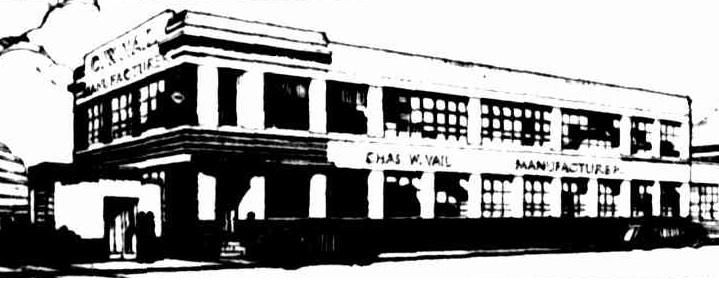 | |
| Factory for C V Vail, Moray Street, South Melbourne (1937) |
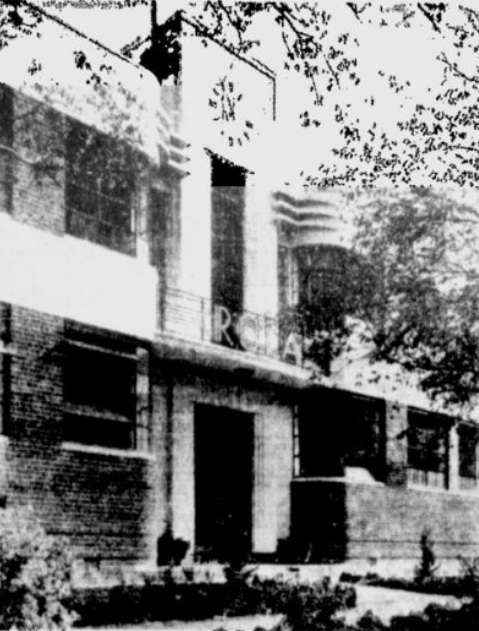 | |
| Factory for Rola Company (Aust) Ltd, Richmond (1937-38) |
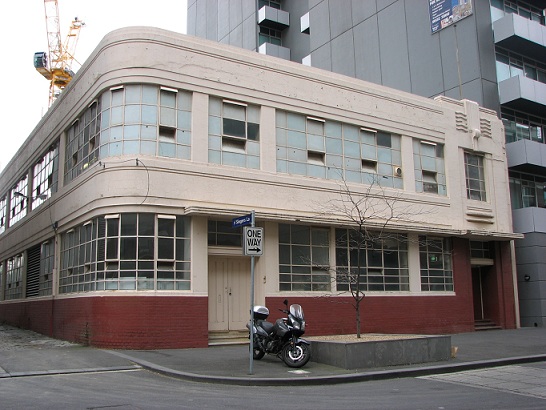 | |
| Victorian Printing Works, Wills Street, Melbourne (1937) (photograph by Simon Reeves, Built Heritage Pty Ltd) |
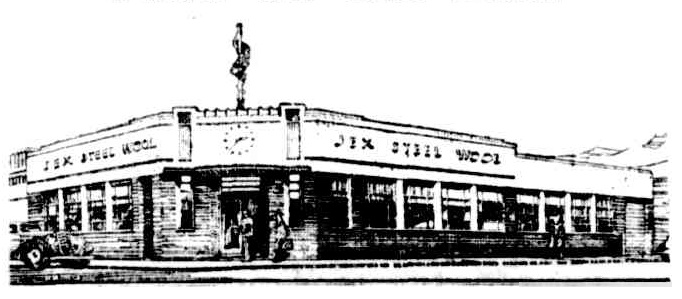 | |
| Jex Steel Wool factory, Burnley Street, Richmond (1938) |
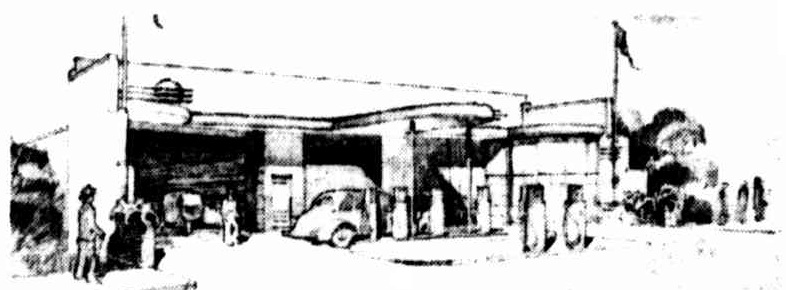 | |
| Service station, North Road, Caulfield (1939) |
| Select References "Successful Hobart Architect", Hobart Mercury, 22 February 1926, p 8. Who's Who in Australia (1927), p 864. "Fatal collapse", Age, 10 May 1947, p 9. Miles Lewis (ed), Australian Architectural Index |
